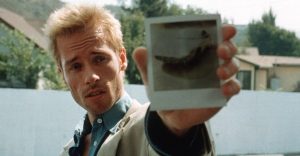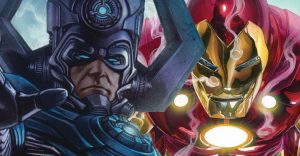Better Call Saul’s Howard Twist Repeated A Chuck McGill Trick

Viewers who tuned in to the last mid-season finale of Better Call Saul witnessed Howard Hamlin’s murder, a shocking twist that also posed a direct callback to the prior death of Chuck McGill. Since the series debuted in 2015, audiences have watched Howard’s steady progression from being one of Jimmy McGill’s haughty antagonists at the HHM law office to becoming an increasingly sympathetic victim of Jimmy and Kim Wexler’s escalating cons. However, in a moment that deliberately mirrors Jimmy’s slow-boiling conflict with his older brother Chuck McGill in season 3, his string of sly tricks ends in a tragedy he never anticipated.
After Kim’s dissatisfied departure from HHM, she and Jimmy hatch a devious plan to ruin Howard Hamlin’s career. Plotting a series of elaborate schemes including the planting of fake drugs outside Howard’s locker, posing as Howard for a staged altercation with a sex worker in public, and using touch-sensitive chemicals to make Howard’s pupils dilate, Kim and Jimmy successfully trick their target into ruining HHM’s relationship with their biggest client. The only one to have caught on to their tricks, a ruined Howard visits a celebratory Kim and Jimmy in their apartment to promise retaliation, where he ends up simply in the wrong place at the wrong time upon a bloodthirsty Lalo’s arrival.
As sudden and horrific as the death of Howard Hamlin may have been for Better Call Saul‘s viewers and characters alike, attentive fans will notice the scene’s deliberate allusion to the similar death of Chuck McGill. In the wake of Kim and Jimmy celebrating their plan coming together, close-up shots show the flame of a lit candle flickering cryptically during two key moments: the arrival of Howard and the arrival of Lalo Salamanca mere seconds before Howard’s death. The image is a direct callback to the specific nature of Chuck McGill’s suicide, in which he slowly knocks over the flaming lantern that burns down his home with him inside it, killing him.
Chuck’s and Howard’s Deaths Had Multiple Parallels
The central conflict of Better Call Saul‘s third season concerned Jimmy’s final split with his older brother Chuck. In order to defeat Chuck in court, “Slippin’ Jimmy” McGill relies on his trademark knack for cunning tricks to publicly make a fool of his nemesis. In the beloved episode “Chicanery,” Jimmy is able to plant a working cell phone in Chuck’s breast pocket before he takes the stand, revealing his older brother’s supposed condition of “electro-magnetic hypersensitivity” to be purely psychosomatic, thereby calling the validity of Chuck’s entire case into question. Just as with Howard, Jimmy’s cons did far more than see Chuck ruined and embarrassed; they instead created a downward spiral that led to his death.
Viewers will also remember that, much like Howard, Chuck also spent some of his final moments onscreen knowing he had been conned, fighting to be believed. In desperate monologues, both characters explicitly catalog the tricks Jimmy played upon them, even using the exact words “I’m not crazy” in the process. Also like Howard, Chuck’s scene before his Better Call Saul death involves confronting Jimmy personally for his deceptions, airing out all that remains of his pent-up resentment toward him.
In the end, the arcs of Chuck McGill and Howard Hamlin are made to intentionally align, giving audiences a front seat to the collateral damage caused by Jimmy’s behavior that would eventually define slickster Saul Goodman throughout Breaking Bad. However, unlike Jimmy, Howard’s death proved a pivotal juncture from which Kim knew to turn back for good. As audiences could surely relate, this kind of dexterity with which Better Call Saul rhymes and connects its story arcs will prove an enduring testament to its legacy as one of television’s all-time most remarkable series.


















